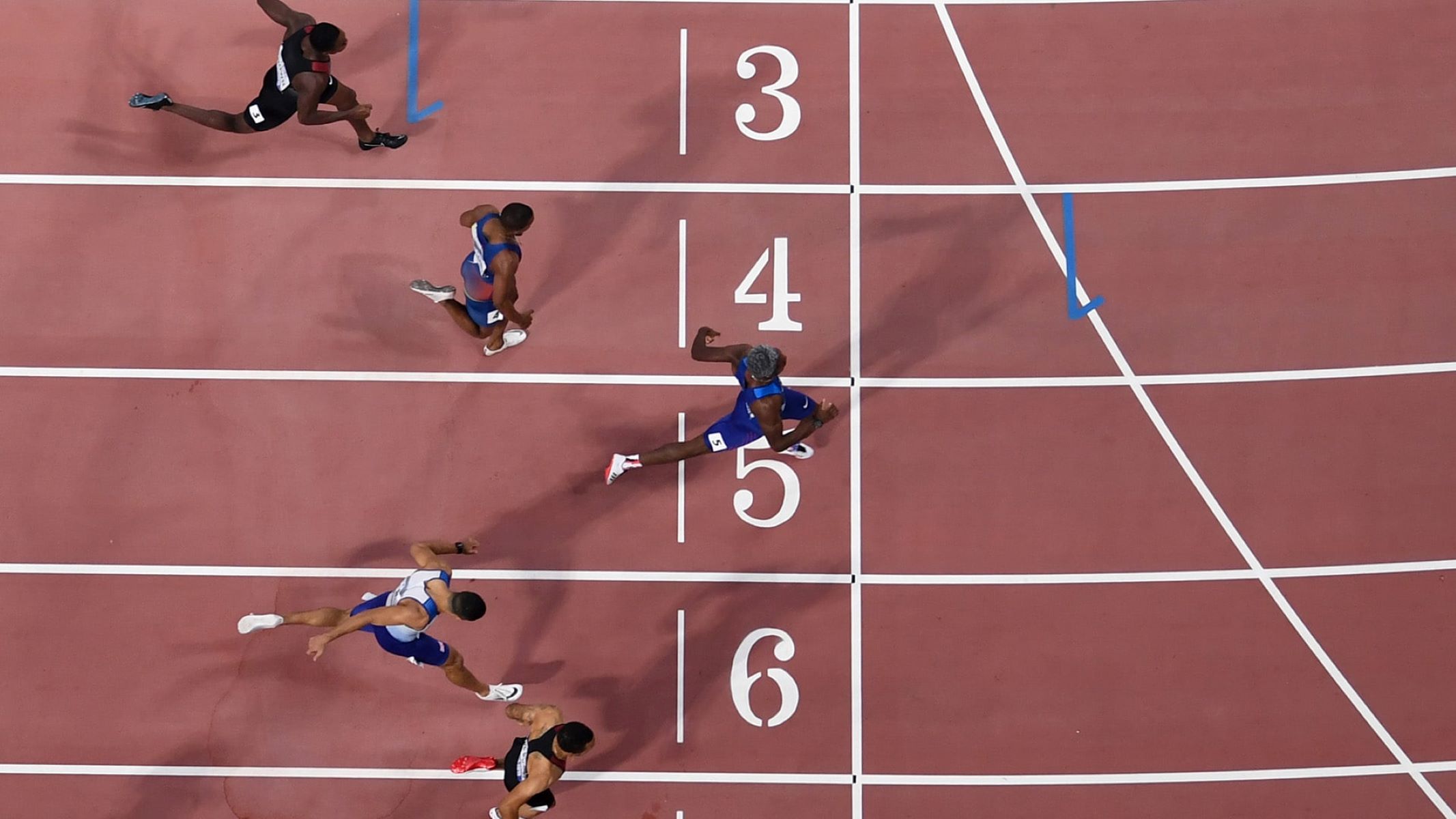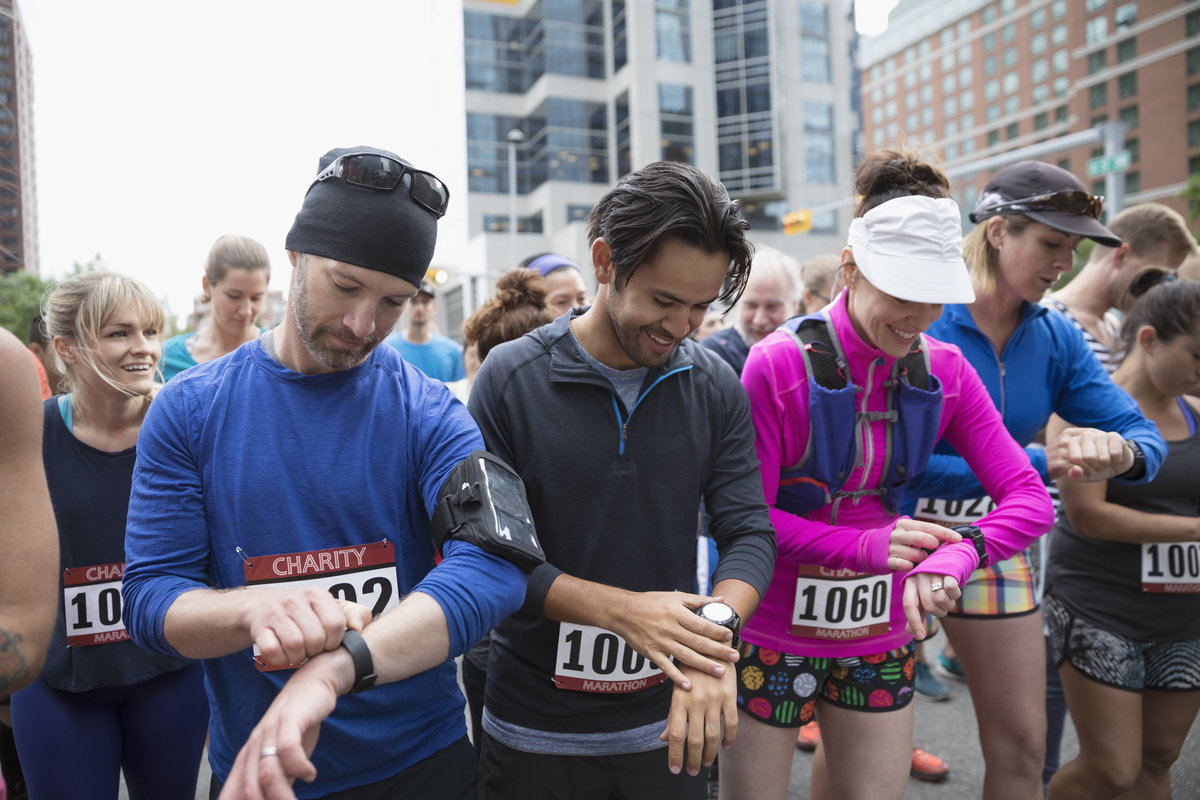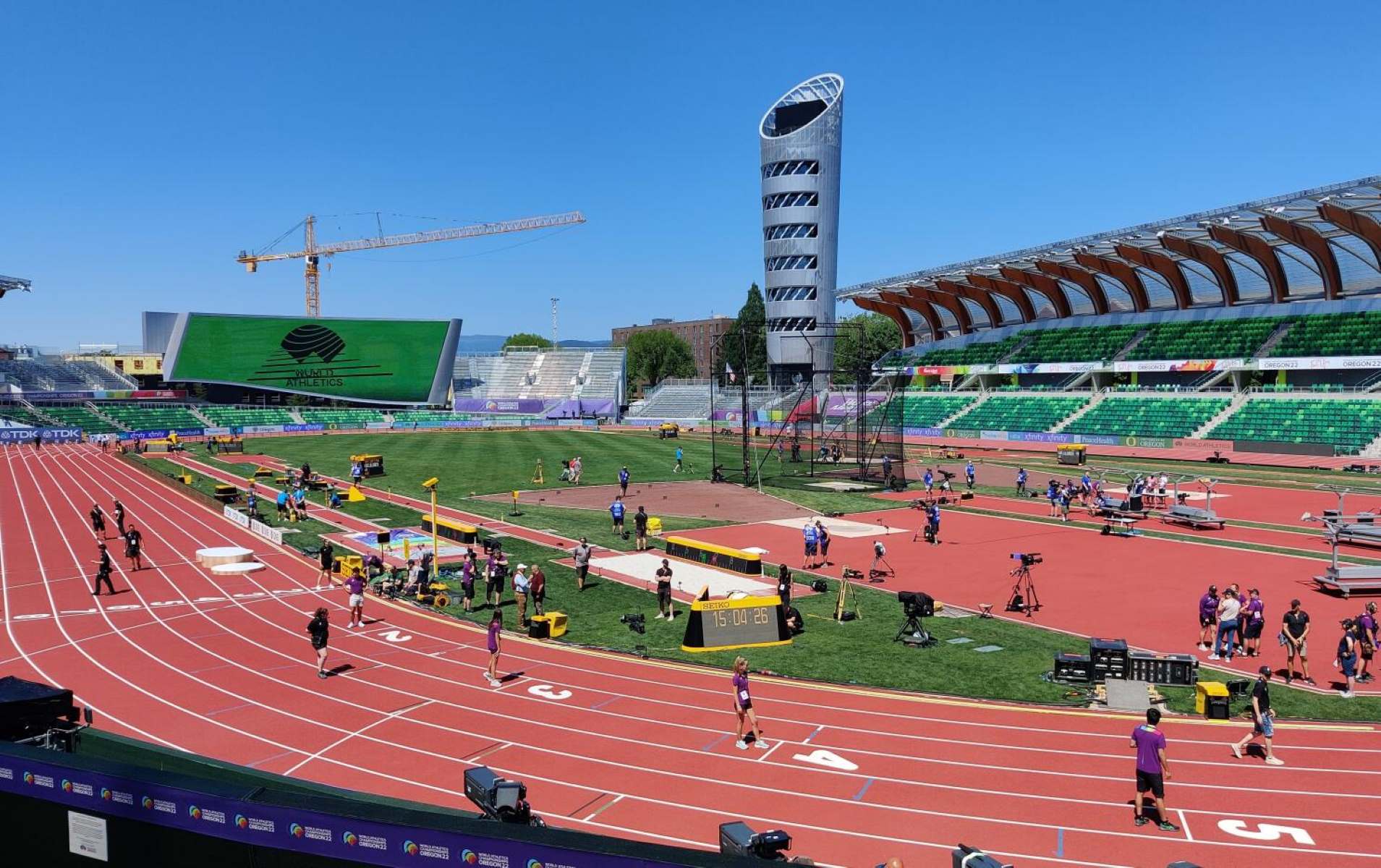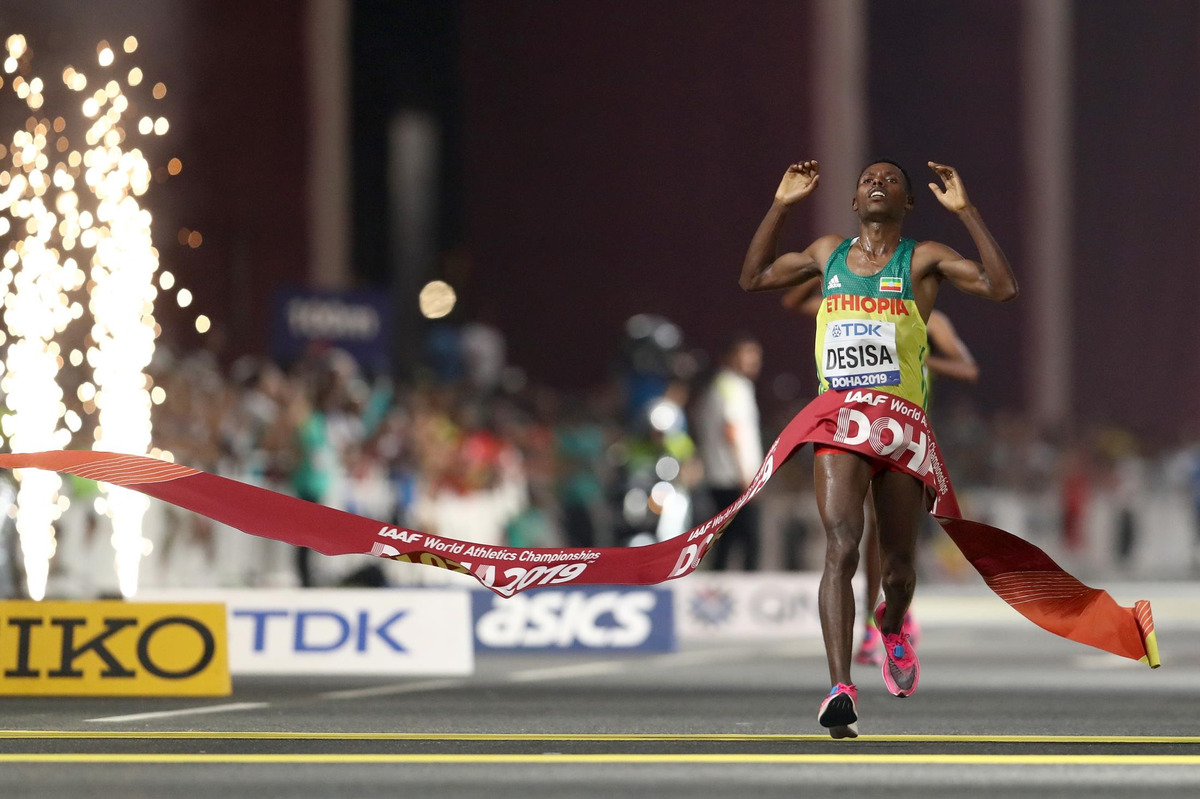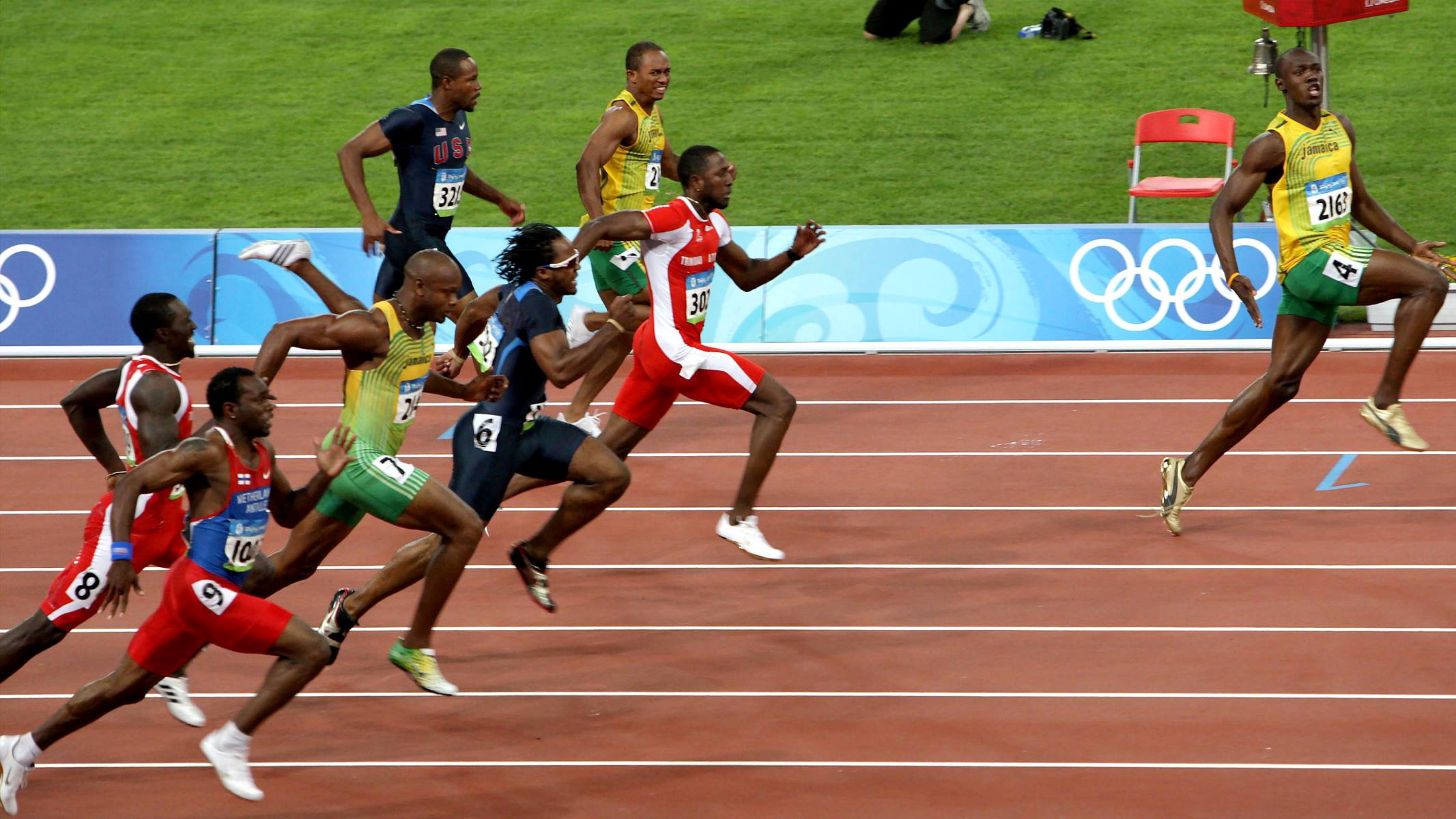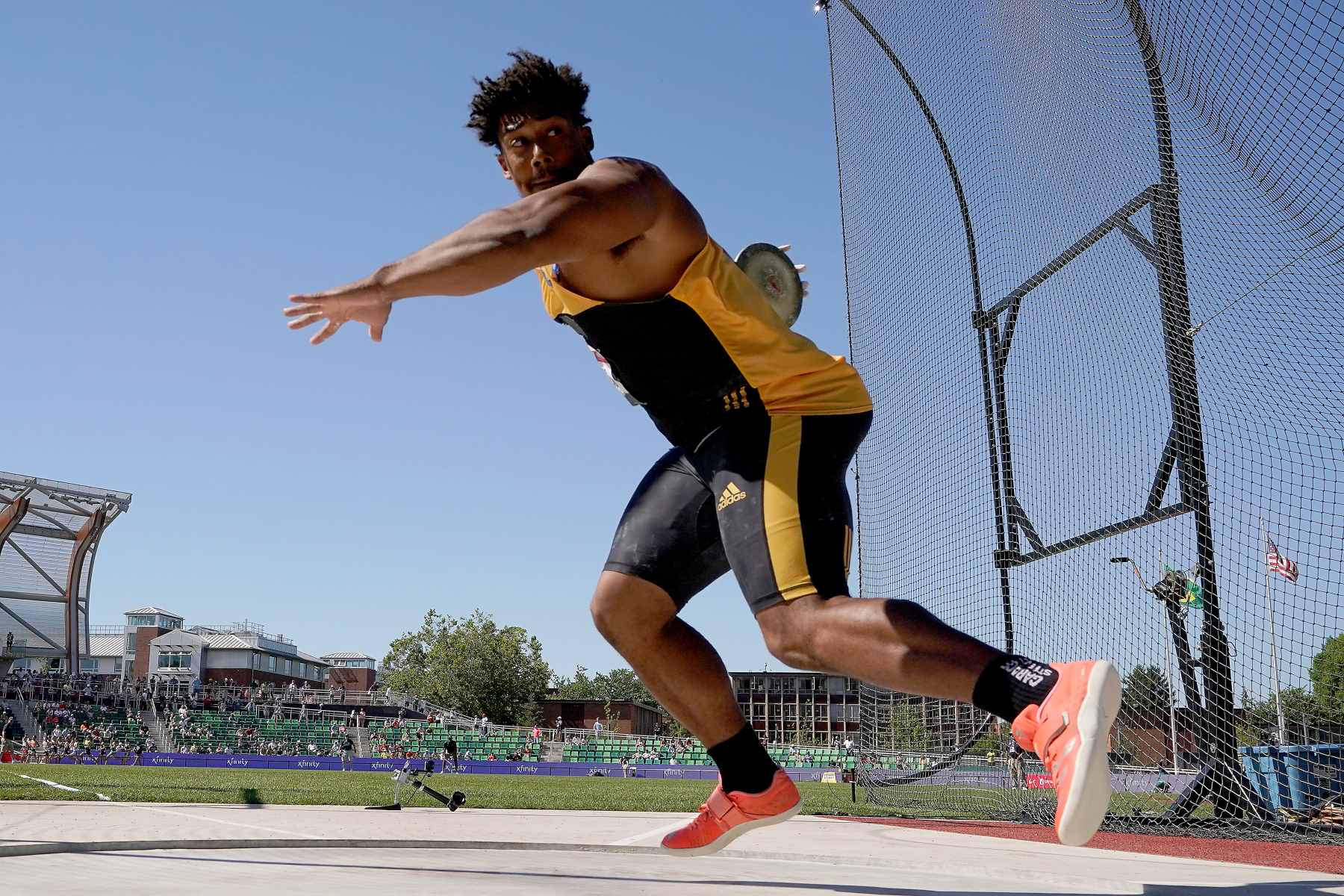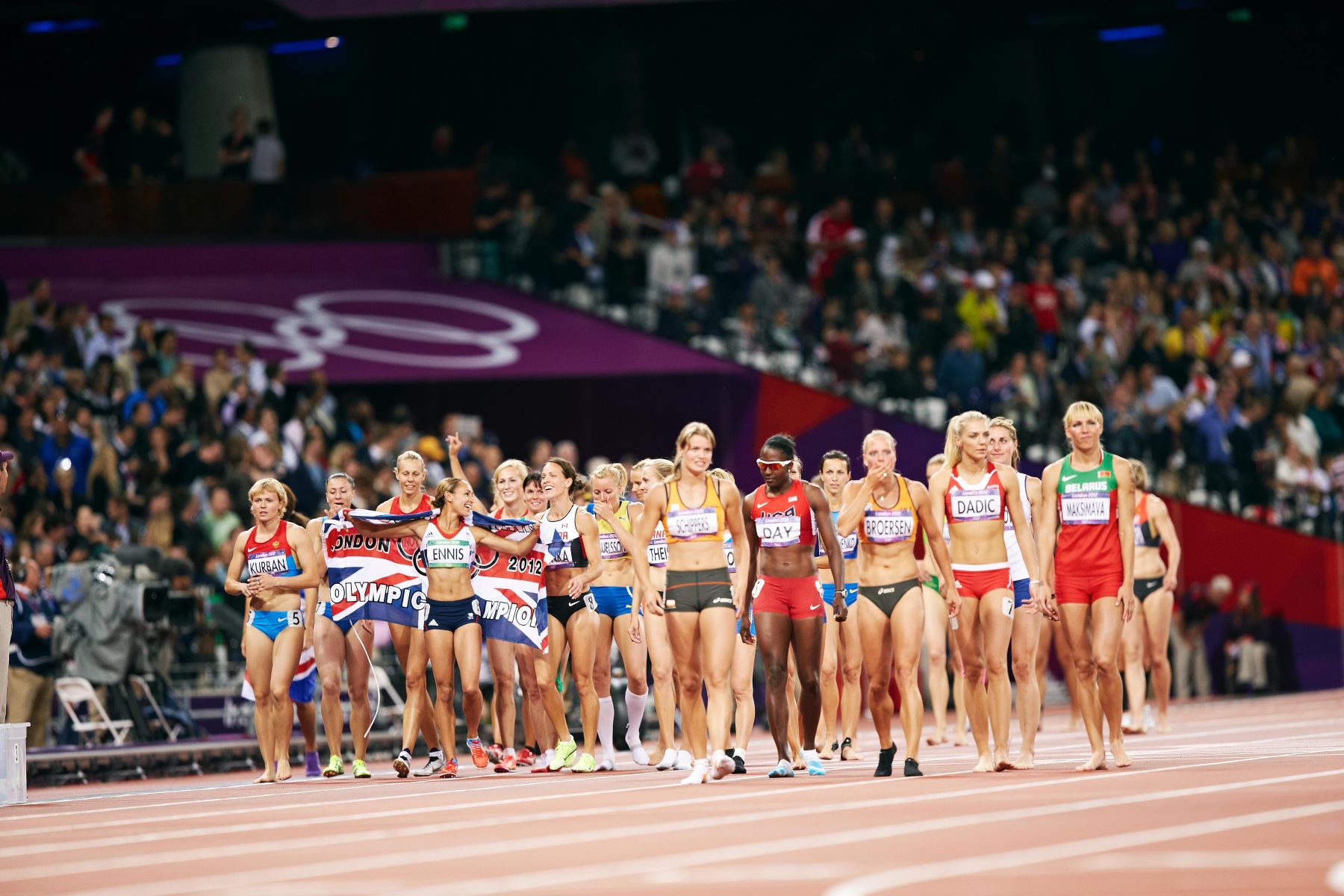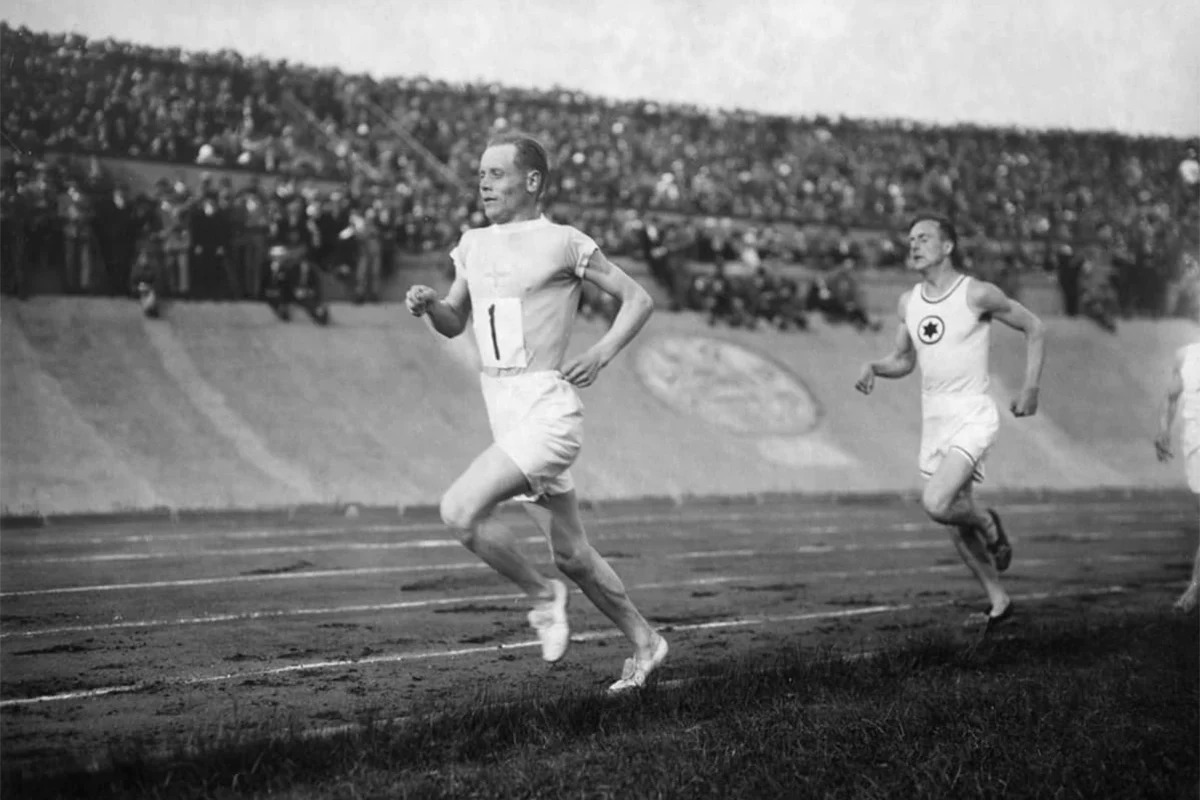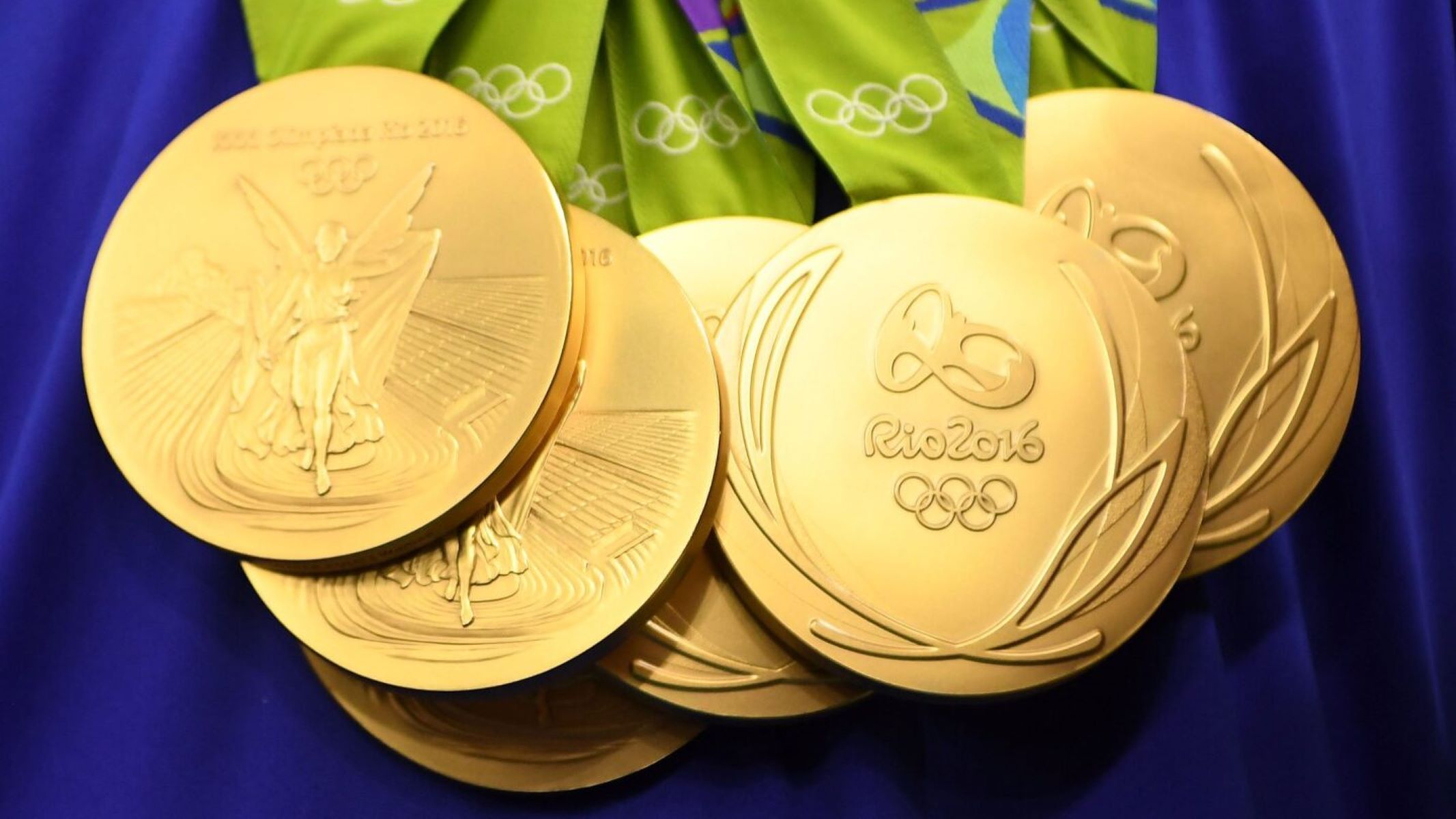Home>Misc>Featured>What Track And Field Events Did They Have In The Ancient Greece Olympics
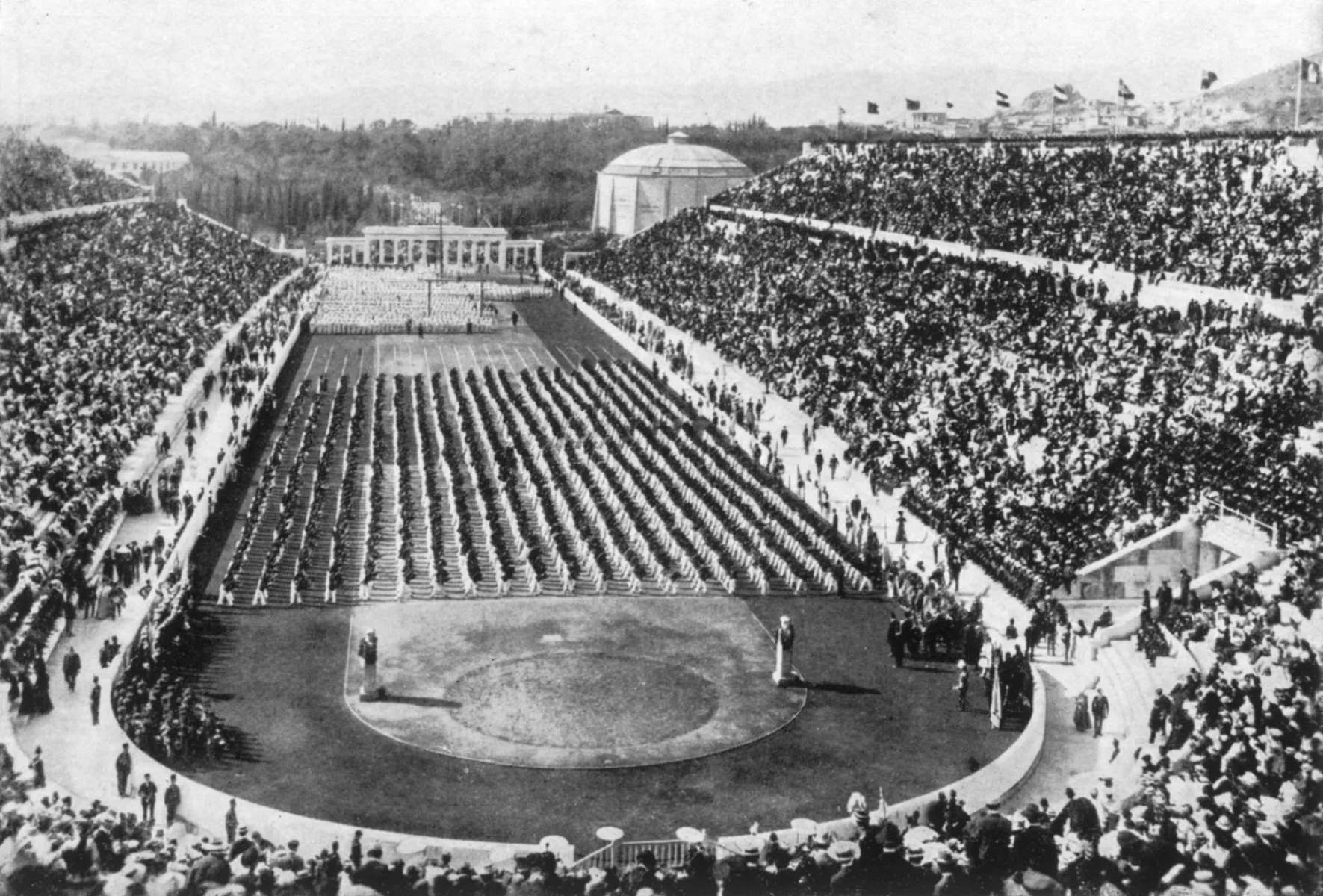

Featured
What Track And Field Events Did They Have In The Ancient Greece Olympics
Published: September 15, 2023
Discover the captivating world of ancient Greece Olympics and unravel the diverse range of track and field events they featured.
Introduction
The Ancient Greece Olympics, held every four years in Olympia, were a significant cultural and athletic event in ancient Greek history. These games were a celebration of physical prowess and showcased the talents of athletes from various city-states in Greece. Track and field events were an integral part of the Ancient Greece Olympics and held great significance.
Competitions in track and field events encompassed a wide range of athletic disciplines, including sprinting, long-distance running, jumping, and throwing. These events tested athletes’ agility, speed, strength, and endurance, and winning an Olympic event was seen as the ultimate achievement and a mark of honor.
In this article, we will explore the track and field events that were part of the Ancient Greece Olympics. We will delve into the various athletic disciplines, discussing their rules, significance, and impact on Greek society. By gaining insight into these events, we can better understand the rich sporting history of ancient Greece and the cultural value placed on physical prowess and competition.
So, let’s embark on this journey back in time to discover the track and field events that took place during the Ancient Greece Olympics and the impact they had on the athletes and spectators of that era.
Overview of the Ancient Greece Olympics
The Ancient Greece Olympics were a series of athletic competitions held every four years in the city of Olympia. These games were originally a religious festival dedicated to Zeus, the king of the gods, and were first held in 776 BC. Over time, the Olympics grew in significance and became a symbol of Greek unity and cultural prowess.
The Ancient Greece Olympics lasted for approximately five days and attracted athletes, spectators, and dignitaries from various Greek city-states. The games were a time of peace when conflicts were set aside to allow athletes to compete in a spirit of sportsmanship and honor. The Olympic truce ensured safe passage for all participants, allowing them to travel to Olympia without fear of harm.
The Olympics were not solely focused on athletic competitions. They also included religious ceremonies, sacrifices, and cultural events. The games showcased the ideal physical qualities of Greek men, emphasizing the importance of physical fitness and the pursuit of excellence.
Athletes who participated in the Ancient Greece Olympics were highly revered and represented their respective city-states with pride. The victors of these games achieved great fame and were celebrated as heroes upon their return. Their victories brought glory not only to themselves but also to their families and cities, often resulting in significant rewards and privileges.
While the Ancient Greece Olympics were predominantly male-oriented, married women were not permitted to attend the games under penalty of death. However, unmarried women could participate as spectators, as well as in separate athletic competitions known as the Heraean Games, dedicated to the goddess Hera.
Throughout history, the Olympics have served as a source of inspiration for modern-day sporting events. The ideals of fair play, dedication, and physical prowess showcased in the Ancient Greece Olympics continue to influence athletic competitions around the world.
Now that we have a general understanding of the significance and historical context of the Ancient Greece Olympics, let’s delve into the track and field events that were a central part of these games.
Track and Field Events in the Ancient Greece Olympics
Track and field events were an essential component of the Ancient Greece Olympics, embodying the essence of athleticism and physical prowess. These events showcased the range of human abilities, from speed and agility to strength and coordination.
The track events in the Ancient Greece Olympics primarily consisted of various sprinting and long-distance running competitions. The most prestigious and celebrated of these was the stadion race. It involved athletes sprinting on a straight track for approximately 200 meters, and the winner held great honor and admiration from all who witnessed their victory.
Other sprinting events included the diaulos, where athletes ran twice the distance of the stadion race, and the hoplitodromos, where participants ran in full armor, emphasizing the strength and endurance of Greek soldiers. The dolichos was a grueling long-distance race, usually ranging from 7 to 24 laps around the stadium track, showcasing the endurance and stamina of the athletes.
In addition to running, Ancient Greece Olympics also featured jumping events. The most prominent of these was the long jump, known as the halma. Athletes sprinted and leaped from a designated point, measured the distance covered in one jump, and tried to surpass their competitors’ performances. The ancient Greeks believed that the length of the jump indicated the power and agility of the athlete.
Throwing events were another highlight of the track and field competitions. The ancient Greeks excelled in various throwing disciplines, including the discus, javelin, and stone throw. The discus throw involved athletes spinning and releasing a weighted disc, aiming for maximum distance. The javelin throw required athletes to hurl a spear-like object as far as possible, showcasing accuracy and strength. The stone throw was a simple yet impressive event, where athletes threw large stones to demonstrate their raw power.
These track and field events captivated spectators’ attention and stirred their emotions, as they witnessed amazing displays of athleticism and skill. Victors of these events were not only celebrated during the games but also enjoyed lifelong fame and recognition.
With an understanding of the various track and field events that were part of the Ancient Greece Olympics, we can appreciate the physical and mental excellence achieved by the athletes of that time. These competitions embodied the spirit of competition, determination, and the pursuit of greatness.
Sprinting Events
Sprinting events were among the most exciting and highly anticipated competitions in the Ancient Greece Olympics. These events showcased the raw speed, agility, and explosive power of the athletes, captivating the spectators with their thrilling displays of athleticism.
The stadion race was the most prestigious sprinting event in the Ancient Greece Olympics. It involved athletes sprinting on a straight track for approximately 200 meters. This short but intense race required incredible speed and acceleration, with competitors giving their all to cross the finish line first. The winner of the stadion race was regarded as the epitome of speed and excellence in sprinting and was celebrated as a hero.
Another notable sprinting event was the diaulos. In this event, athletes ran twice the distance of the stadion race, covering a total of approximately 400 meters. The diaulos demanded not only lightning-fast speed but also endurance and strategic pacing. Competitors had to maintain their speed throughout the race, carefully managing their energy to secure victory.
The hoplitodromos was a unique sprinting event that showcased the strength and resilience of Greek soldiers. The athletes participating in this event ran in full armor, with a helmet, shield, and greaves. This added a significant challenge to the race, testing the athletes’ speed, agility, and endurance while carrying the weight of their protective gear. The hoplitodromos exemplified the combination of physical prowess and military preparedness emphasized in ancient Greek society.
These sprinting events elicited immense excitement from the spectators, who cheered on their favorite athletes and marveled at their remarkable speed. The victors of these competitions were not only admired for their physical abilities but also revered for their mental focus, determination, and disciplined training.
By participating in these sprinting events, athletes had the opportunity to etch their names into history, leaving a lasting legacy of speed and achievement. The sprinters of the Ancient Greece Olympics embodied the ideals of agility, swiftness, and the pursuit of greatness.
Long-distance Running Events
Long-distance running events were a captivating and grueling display of endurance and stamina in the Ancient Greece Olympics. These races tested the limits of the athletes’ physical and mental capabilities, pushing them to their utmost limits.
The dolichos was the premier long-distance running event in the Ancient Greece Olympics. This race consisted of athletes running multiple laps around the stadium track, typically ranging from 7 to 24 laps. The exact length of the dolichos varied between games, but it could be as long as 24 kilometers. Competitors had to pace themselves strategically, balancing speed and endurance to maintain a steady pace throughout the race. The dolichos demanded not only physical strength but also mental fortitude and discipline.
The long-distance races in the Ancient Greece Olympics were not limited to the dolichos. Other notable long-distance events included the hoplitodromos, which was a race where athletes ran in full armor, similar to the sprinting event of the same name. The length of this race varied, but it generally encompassed a considerable distance, further emphasizing the endurance and perseverance of the participants.
Long-distance running events were met with great anticipation and admiration from the spectators. The sight of athletes pushing their bodies to the limits and refusing to give up inspired awe and respect. Completing these races required not only physical preparation but also mental strength and unwavering determination.
Victory in long-distance running events was a testament to an athlete’s indomitable spirit and dedication. The winners of these events were celebrated as symbols of resilience, perseverance, and the ability to overcome obstacles. Their remarkable achievements in the long-distance races of the Ancient Greece Olympics left a lasting impression on both their contemporaries and future generations.
The long-distance running events in the Ancient Greece Olympics showcased the endurance and tenacity of the human spirit. Athletes who participated in these races embodied the essence of perseverance, proving that with determination and unwavering focus, seemingly impossible feats can be conquered.
Jumping Events
Jumping events were a captivating display of agility and athleticism in the Ancient Greece Olympics. These events featured athletes showcasing their capabilities in leaping and covering impressive distances, captivating spectators with their grace and skill.
The long jump, known as the halma, was one of the most prominent jumping events. Athletes sprinted towards a designated point and then launched themselves into the air, aiming to cover as much distance as possible in a single leap. Their technique and power determined how far they could jump, with the ancient Greeks considering the length of the jump as an indication of an athlete’s strength and agility.
Another jumping event in the Ancient Greece Olympics was the high jump, known as the akon. Athletes aimed to clear a horizontal bar without knocking it down as they executed their jump. The akon required a combination of explosive power, flexibility, and precise timing to achieve maximum height and clear the bar successfully. Athletes often employed different techniques, such as the scissors jump or the western roll, to outperform their competitors.
The ancient Greeks also had a unique jumping event called the pentathlon, which combined various track and field disciplines, including jumping. In the pentathlon, athletes participated in the long jump, high jump, discus throw, javelin throw, and footrace. This event was a test of overall athleticism and versatility, showcasing an athlete’s ability to excel in multiple disciplines.
The jumping events at the Ancient Greece Olympics were met with great excitement from spectators, who eagerly watched the athletes soar through the air. The skill, balance, and precision displayed in these events fascinated and impressed onlookers, who recognized the physical prowess required to execute such leaps successfully.
Athletes who excelled in the jumping events were celebrated for their innate abilities and dedication to mastering their techniques. Their accomplishments in the long jump, high jump, and pentathlon demonstrated their agility, coordination, and determination to achieve greatness.
The jumping events in the Ancient Greece Olympics showed that the human body is capable of remarkable feats of athleticism and grace. Athletes who participated in these events embodied the spirit of precision and finesse as they defied gravity and pushed the boundaries of physical performance.
Throwing Events
Throwing events were a thrilling spectacle that showcased the strength, power, and precision of athletes in the Ancient Greece Olympics. These events demanded superior physical prowess and technique, as participants competed to achieve the greatest distance or accuracy in their throws.
The discus throw was one of the most iconic throwing events. Athletes would spin and release a weighted discus, aiming to launch it as far as possible. The discus throw required a combination of strength, speed, and coordination, as athletes unleashed impressive throws while maintaining their balance within the throwing area. Spectators marveled at the sheer force and technique displayed by the competitors, applauding the efforts of those who could achieve remarkable distances.
The javelin throw was another notable throwing event. Athletes would hurl a spear-like object known as a javelin, aiming for maximum distance. The javelin throw required not only physical strength but also precision and accuracy. Athletes had to channel their power and technique to achieve the ideal angle and trajectory in order to outperform their rivals.
Aside from the discus and javelin throws, the Ancient Greece Olympics also featured the stone throw. This event was a simple yet impressive display of raw power. Athletes would heave large stones as far as they could, showcasing their brute strength and ability to generate force through the throwing motion.
The throwing events were met with great enthusiasm from the spectators, who eagerly watched as the athletes unleashed their throws with impressive strength and technique. The victors in these events symbolized the epitome of physical strength and excellence, earning admiration and respect from all who witnessed their achievements.
Athletes who excelled in throwing events possessed not only tremendous physical abilities but also an understanding of the mechanics and dynamics involved in each discipline. They trained meticulously to master the intricate techniques necessary for impressive throws, as well as to develop the strength and power required to achieve great distances or accuracy.
The throwing events in the Ancient Greece Olympics represented the pinnacle of athletic strength and skill. They fascinated and inspired both participants and spectators, bequeathing admiration and recognition to those who could conquer the challenges of these powerful and demanding disciplines.
Conclusion
The track and field events in the Ancient Greece Olympics were a testament to the physical prowess, agility, and determination of the athletes who participated in these ancient competitions. From sprinting and long-distance running to jumping and throwing, these events showcased a wide range of athletic abilities and captivated the attention of spectators.
These ancient games held immense cultural and symbolic significance for the ancient Greeks. The Olympics celebrated physical excellence and showcased the ideals of competition, fair play, and the pursuit of greatness. Athletes who achieved victory in the track and field events were revered as heroes, bringing honor not only to themselves but also to their families and city-states.
The track events, such as the stadion race and diaulos, tested an athlete’s speed and agility, demanding quick bursts of energy. Long-distance running events like the dolichos challenged endurance and resilience, pushing athletes to their physical and mental limits. Jumping events, including the long jump and high jump, displayed remarkable grace and athleticism. Throwing events such as the discus, javelin, and stone throw showcased strength, power, and precision.
These track and field events in the Ancient Greece Olympics continue to inspire and influence modern-day sporting competitions. The ideals of sportsmanship, dedication, and the pursuit of excellence embodied in these ancient games resonate with athletes and spectators alike. The Olympic Games that we witness today trace their roots back to these ancient traditions.
As we reflect on the track and field events of the Ancient Greece Olympics, we gain a deeper appreciation for the athletic abilities, discipline, and determination of the ancient Greek athletes. These competitions symbolized the importance of physical fitness, competition, and the pursuit of greatness in ancient Greek society.
The track and field events of the Ancient Greece Olympics stand as a testament to the enduring human spirit and our innate desire for physical achievement. They remind us that through dedication, training, and perseverance, we, too, can strive to reach new heights in our own endeavors, both on and off the track.
